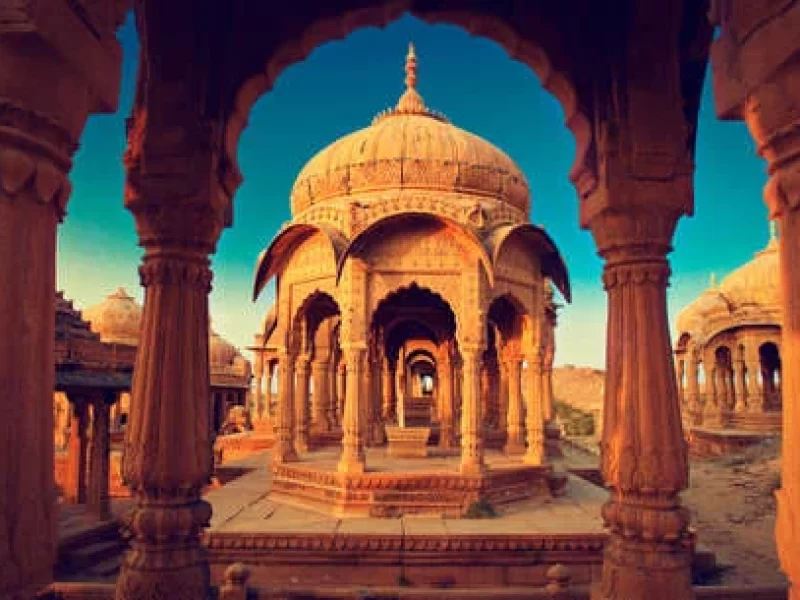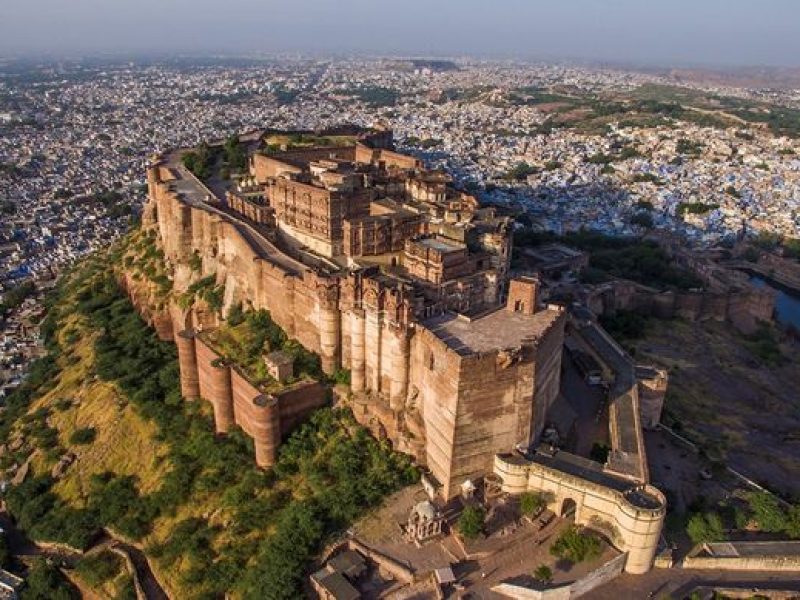Jaipur pink city tour
from 0 review
Duration
1 Days
Tour Type
Daily Tour
Group Size
6 people
Languages
English, Hindi, spanish
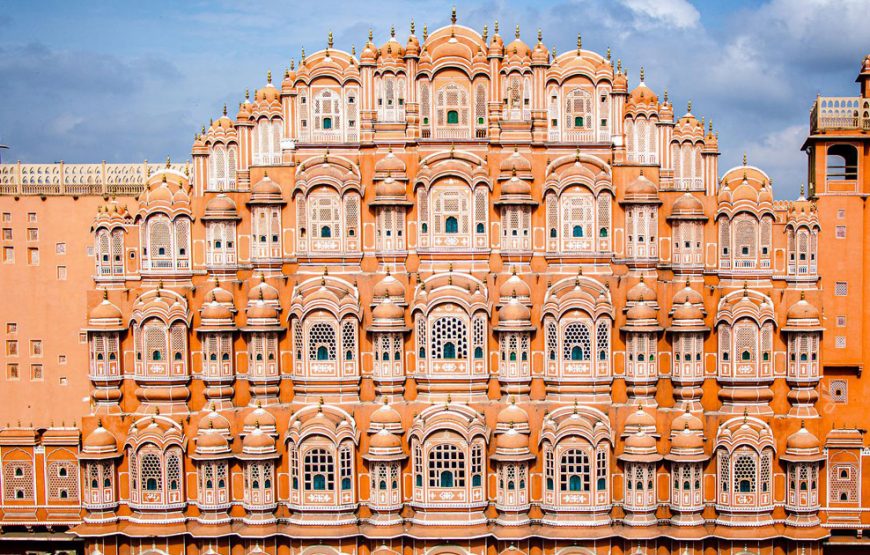
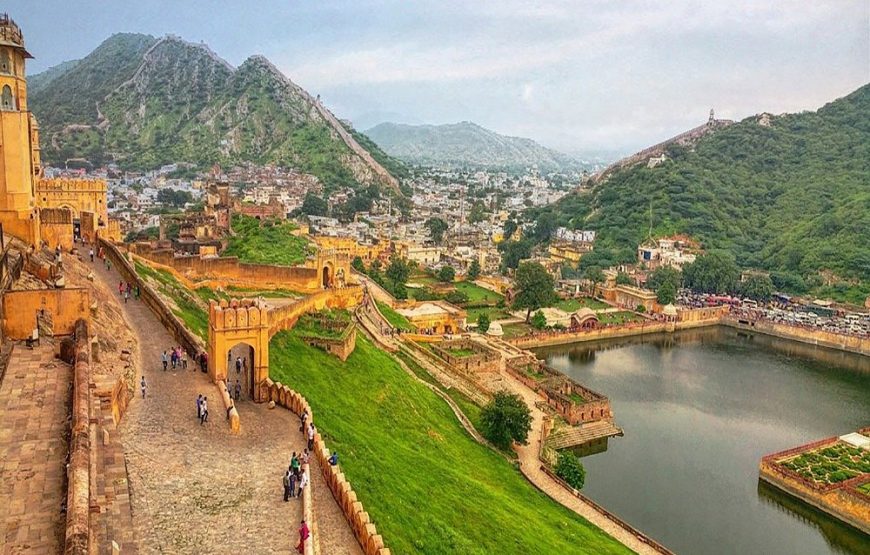
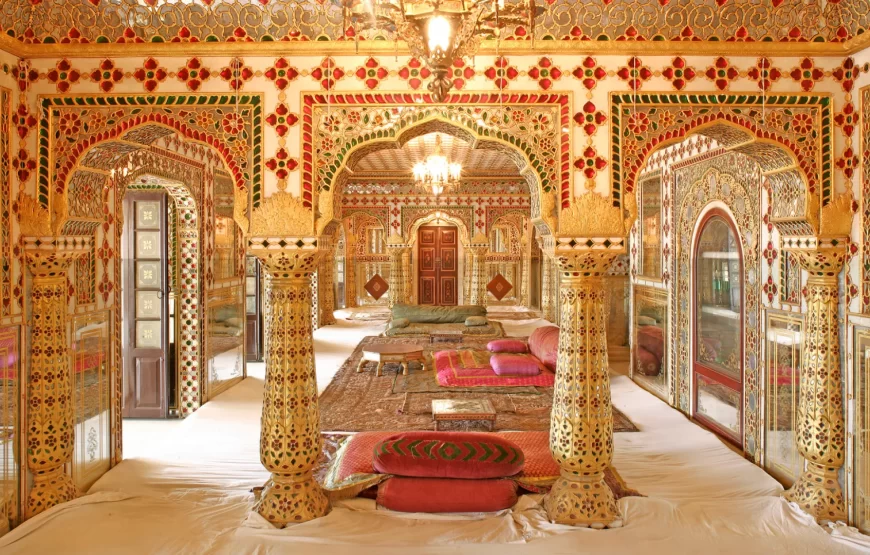
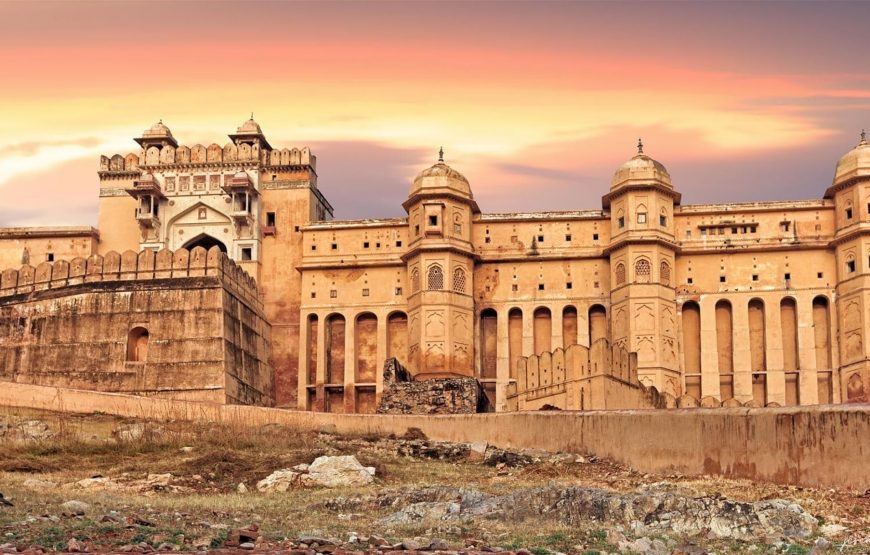
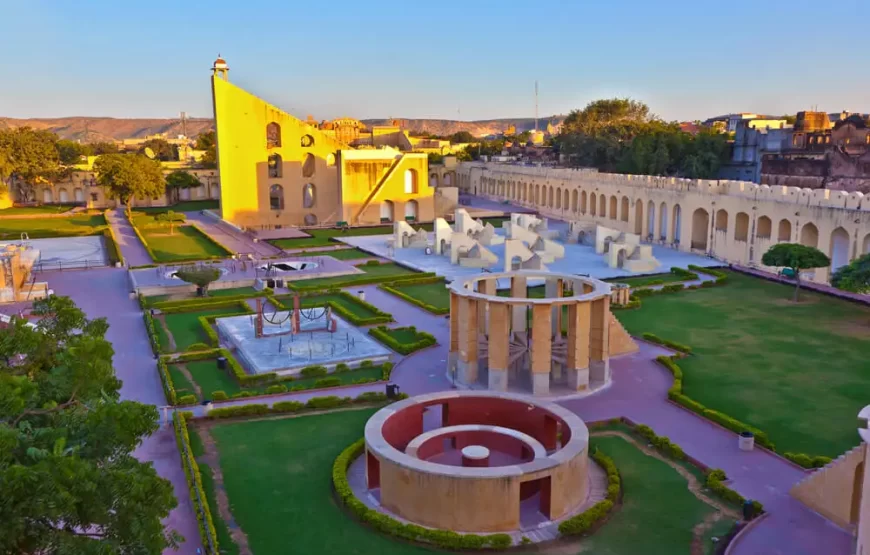
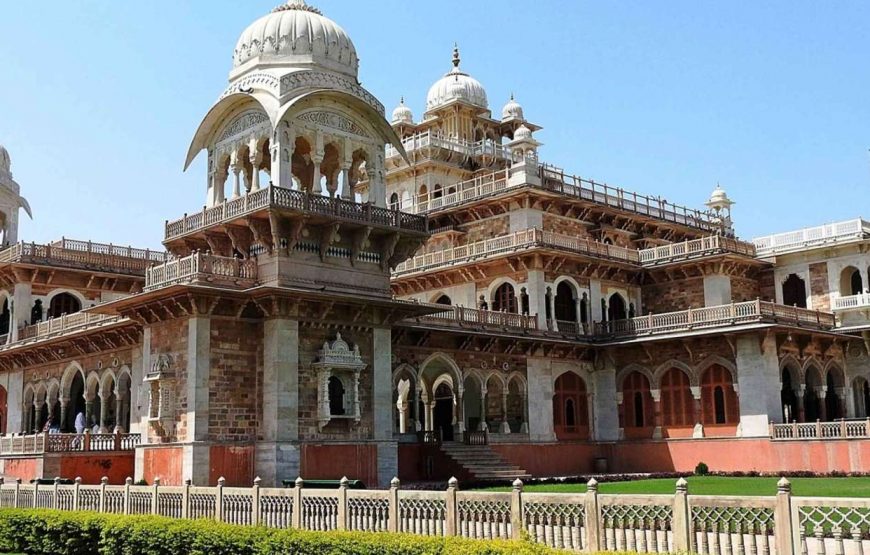
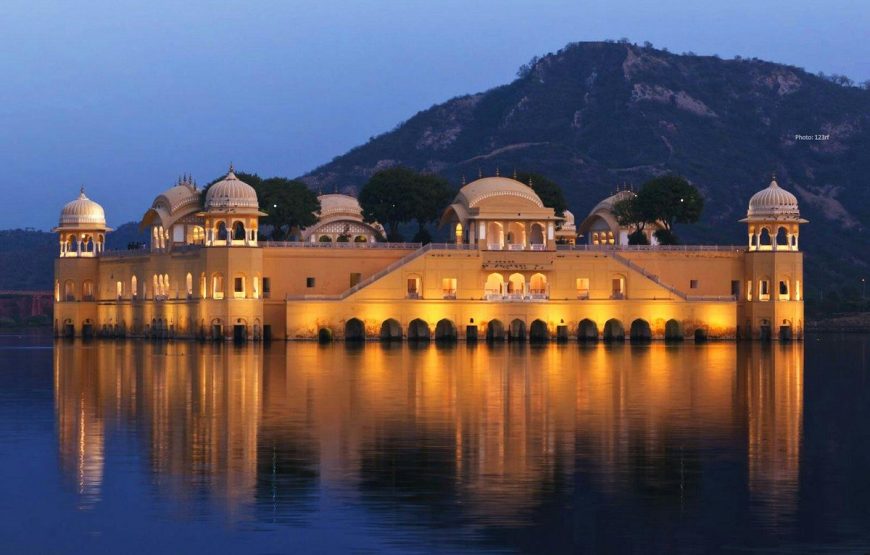
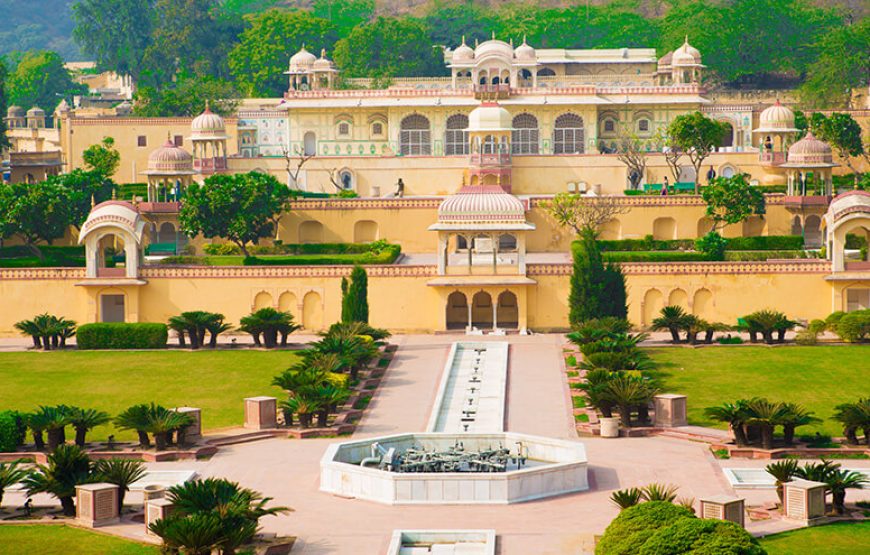
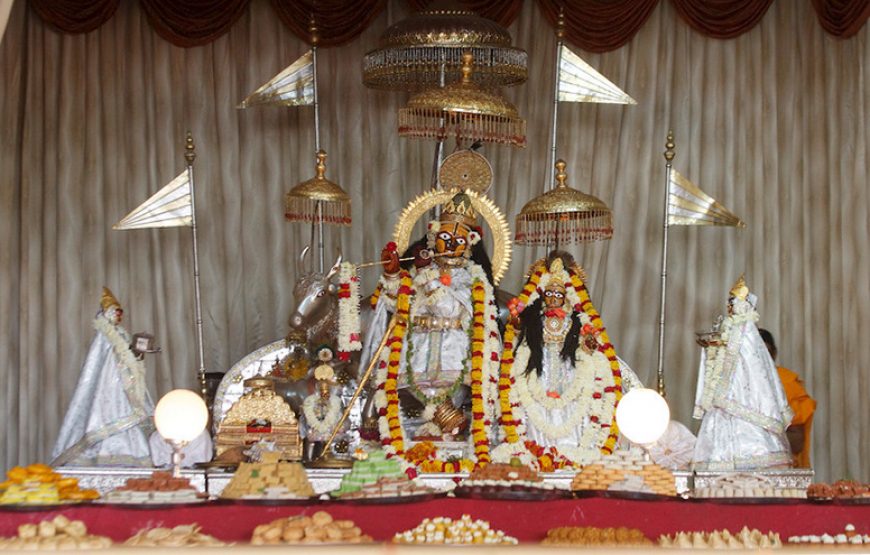
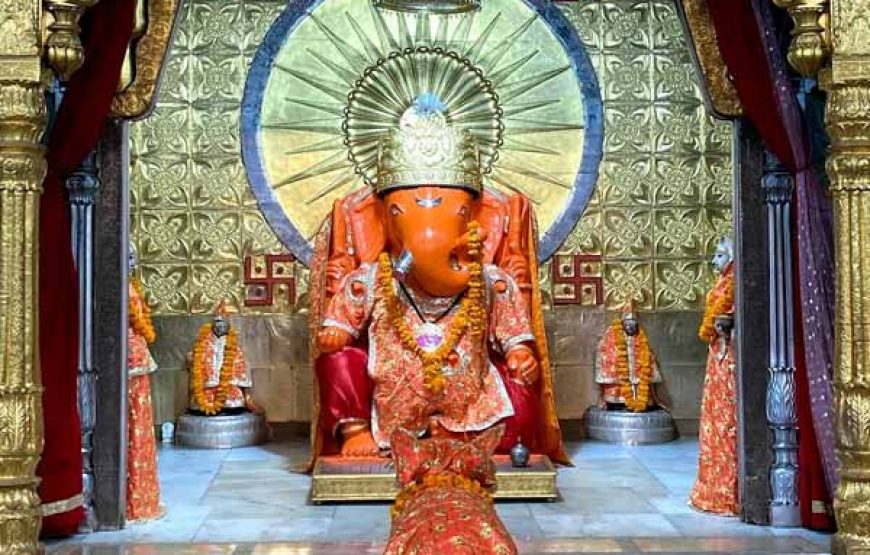
Overview
- THE PINK CITY
Planned by Vidyadhar Bhattacharya, Jaipur holds the distinction of being the first planned city of India. Renowned globally for its coloured gems, the capital city of Rajasthan combines the allure of its ancient history with all the advantages of a metropolis. The bustling modern city is one of the three corners of the golden triangle that includes Delhi, Agra and Jaipur.
The story goes that in 1876, the Prince of Wales visited India on a tour. Since the colour pink was symbolic of hospitality, Maharaja Ram Singh of Jaipur painted the entire city pink. The pink that colours the city makes for a marvellous spectacle to behold. Jaipur rises up majestically against the backdrop of the forts Nahargarh, Jaigarh and Garh Ganesh Temple.
Jaipur traces back its origins to 1727 when it was established by Jai Singh II, the Raja of Amber. He shifted his capital from Amber to the new city because of the rapidly-growing population and increasing water scarcity. Noted architect Vidyadhar Bhattacharya used the established principles of Vastu Shastra to build the city.
Itinerary
1 Day Amber Fort ( 2 Hours)
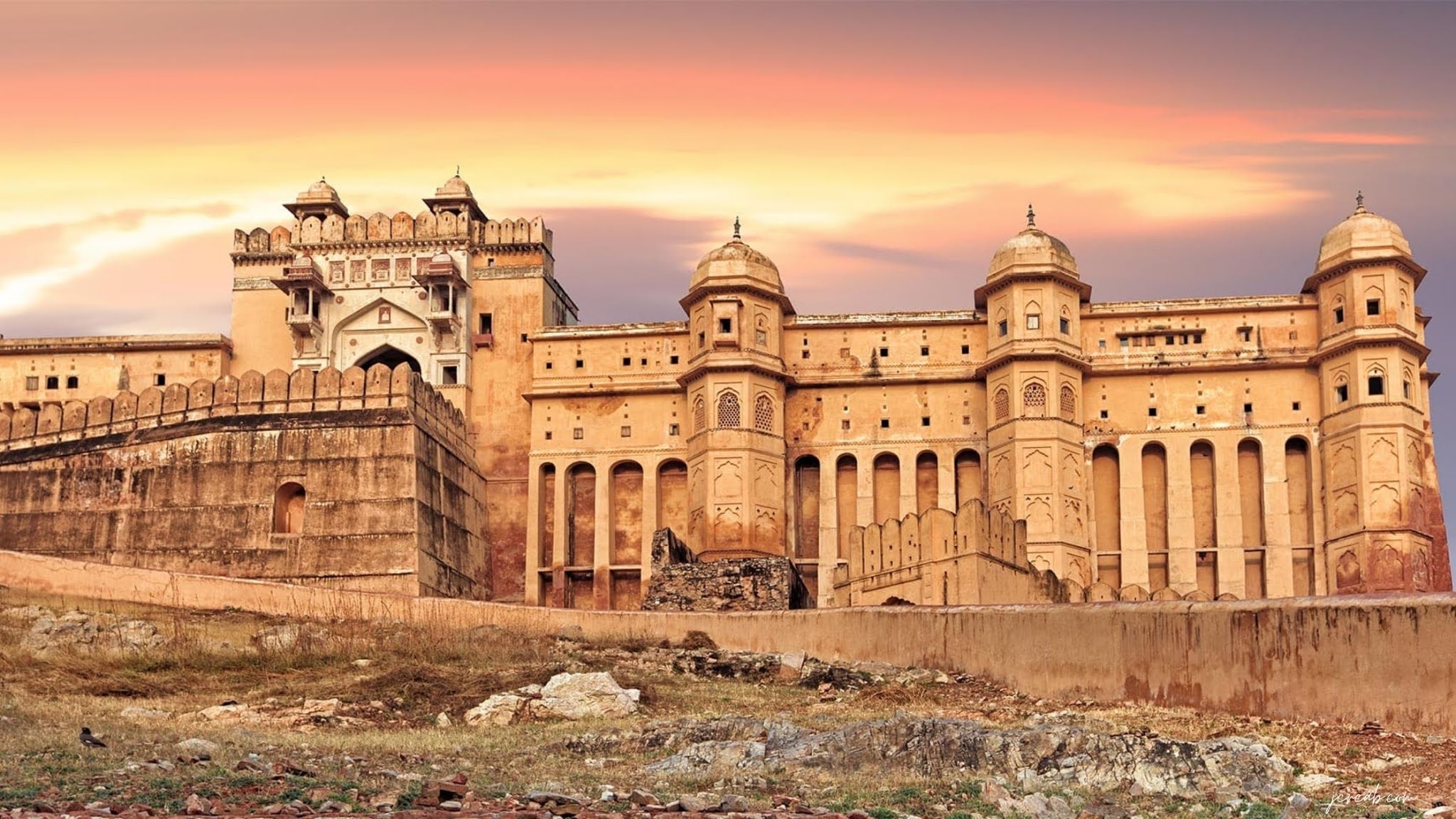
Amber (pronounced Amer) is at a distance of about 11 kilometres from Jaipur. Now a UNESCO World Heritage Site, it was the bastion of the Kachwahas of Amber, until the capital was moved to the plains, to what is today Jaipur. The palace, located in craggy hills, is a beautiful melange of Hindu and Mughal styles. Raja Man Singh I began construction in 1592 and the palace, which was built as a strong, safe haven against attacking enemies, was completed by Mirja Raja Jai Singh.
1 Day Jal Mahal ( Water Palace ) ( 30 Minutes )
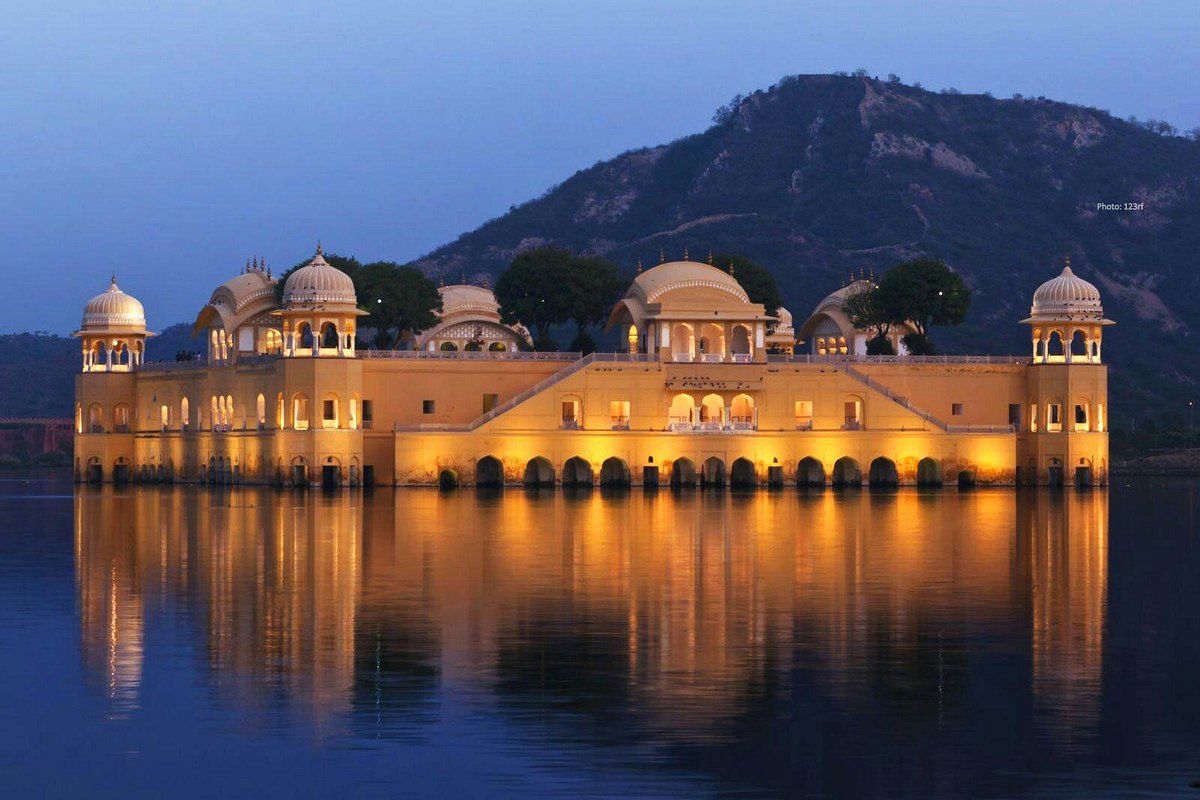
the most wonderful sights in Jaipur are the beautiful Jal Mahal or Lake Palace. The light, sand-colored stone walls and the deep blue of the water make for a wonderful contrast. The palace appears to float in the center of Man Sagar Lake, where its magnificent exteriors can be enjoyed by tourists.
1 Day Hawa Mahal ( The Palace of Winds ) (20 Minutes)
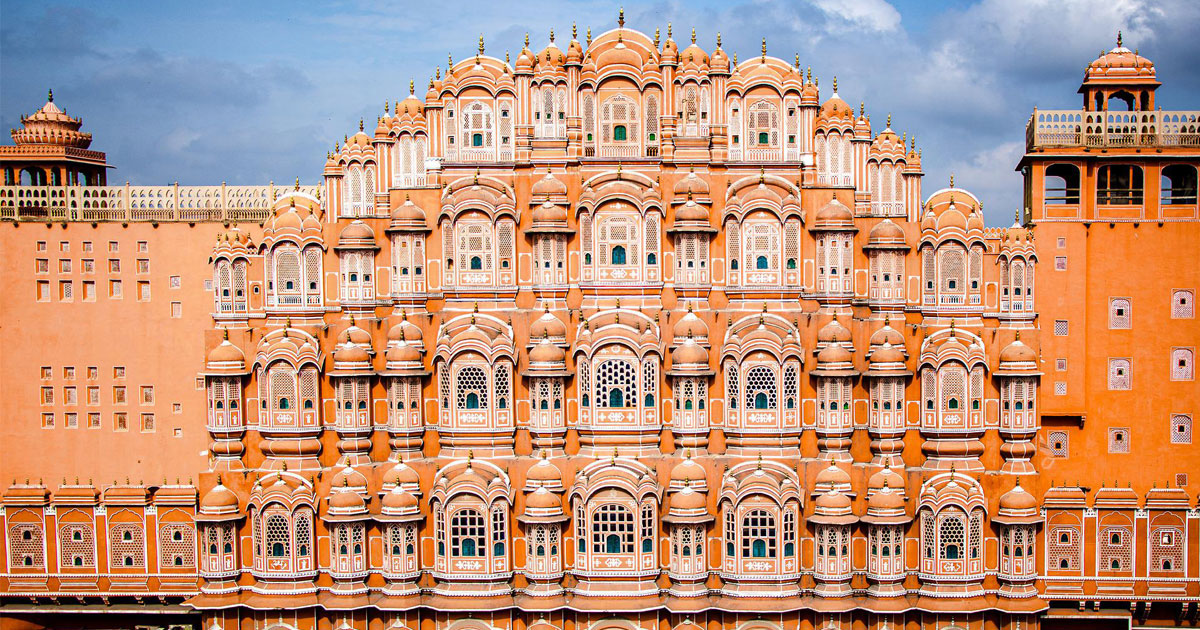
Hawa Mahal, literally the Palace of Winds, was built in 1799 by the poet king Sawai Pratap Singh as a summer retreat for him and his family. It also served as a place where the ladies of the royal household could observe everyday life without being seen themselves. This unique five-story structure is a blend of Hindu and Islamic architecture, and the exterior, with its small latticed windows (called jharokhas), resembles the crown of Lord Krishna.
1 day Jantar Mantar ( The Observatory ) (1 hour)
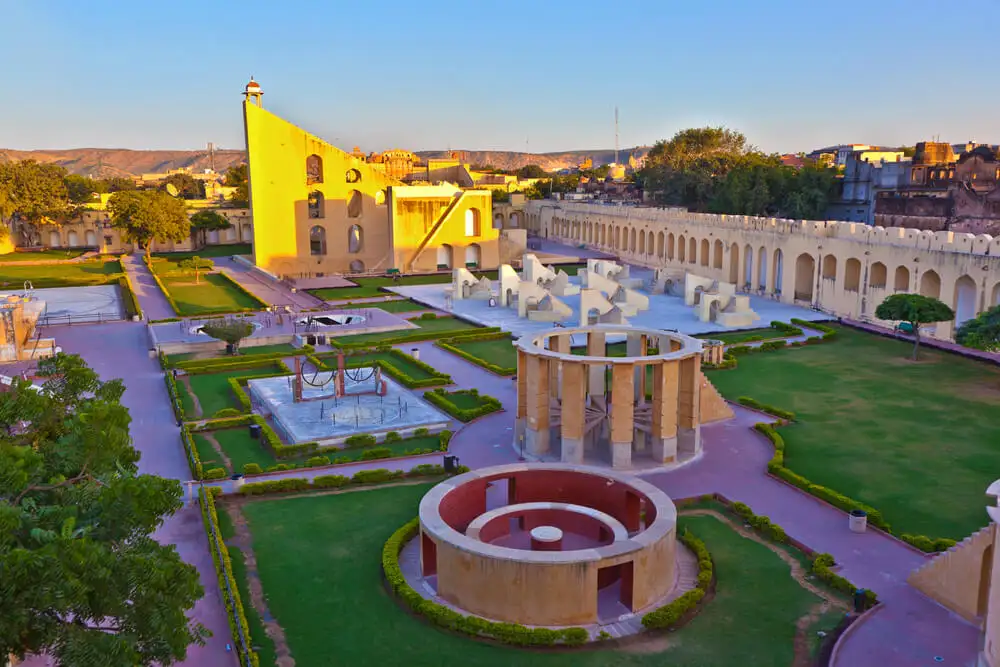
Now a UNESCO World Heritage Site, Jantar Mantar in Jaipur is considered to be the largest of the five astronomical observatories built by Maharaja Sawai Jai Singh II, the founder of Jaipur.
1 Day City Palace. ( 2 Hours)
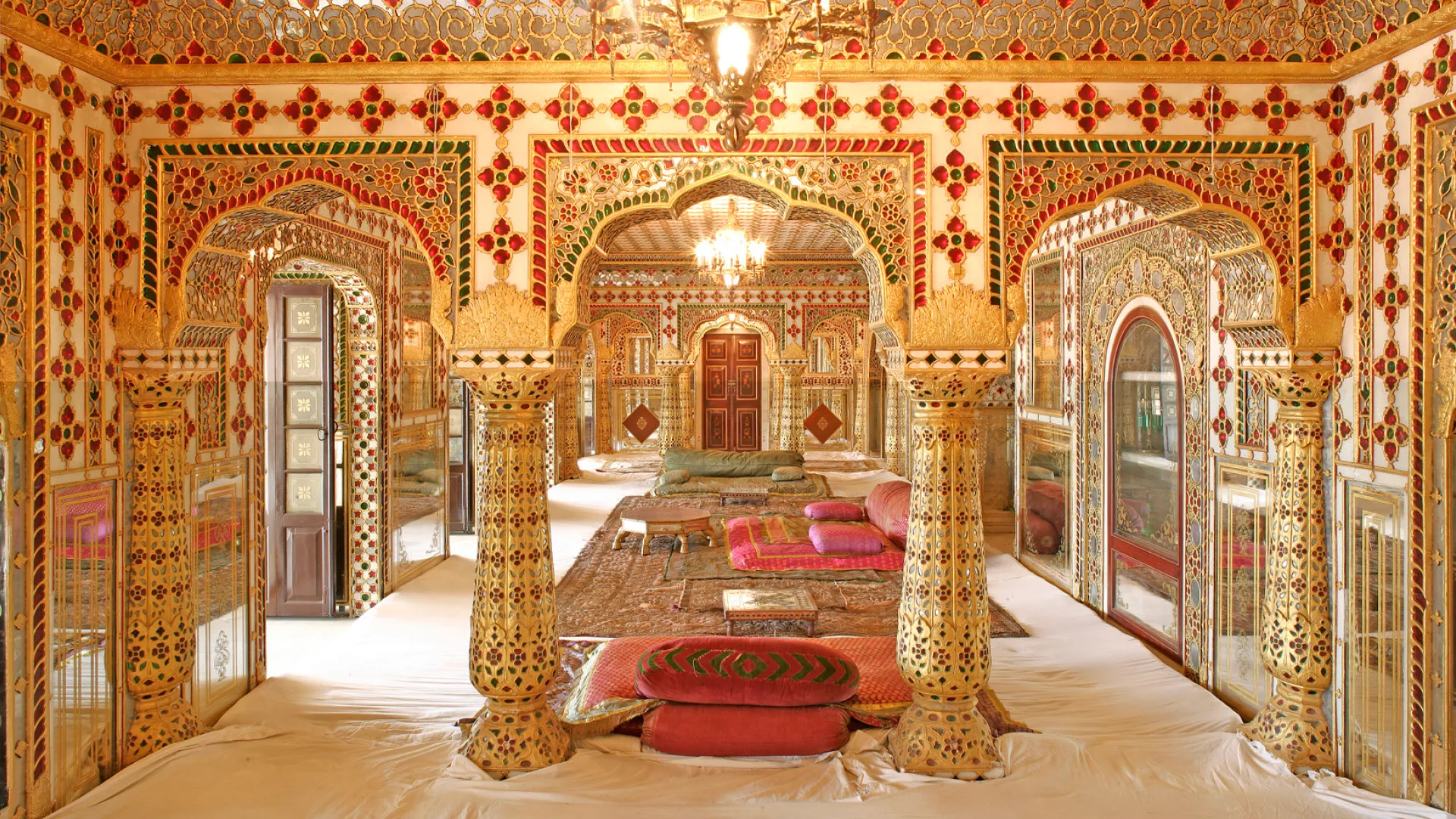
Located deep within the walled city, the City Palace Complex was conceived and built by Maharaja Sawai Jai Singh II, the founder of Jaipur. A beautiful fusion of Mughal and Rajput architecture, the palace is still home to the last ruling royal family which lives in a private section of the palace.
2 Day ALBERT HALL MUSEUM (CENTRAL MUSEUM) (1 hour 30 minute)
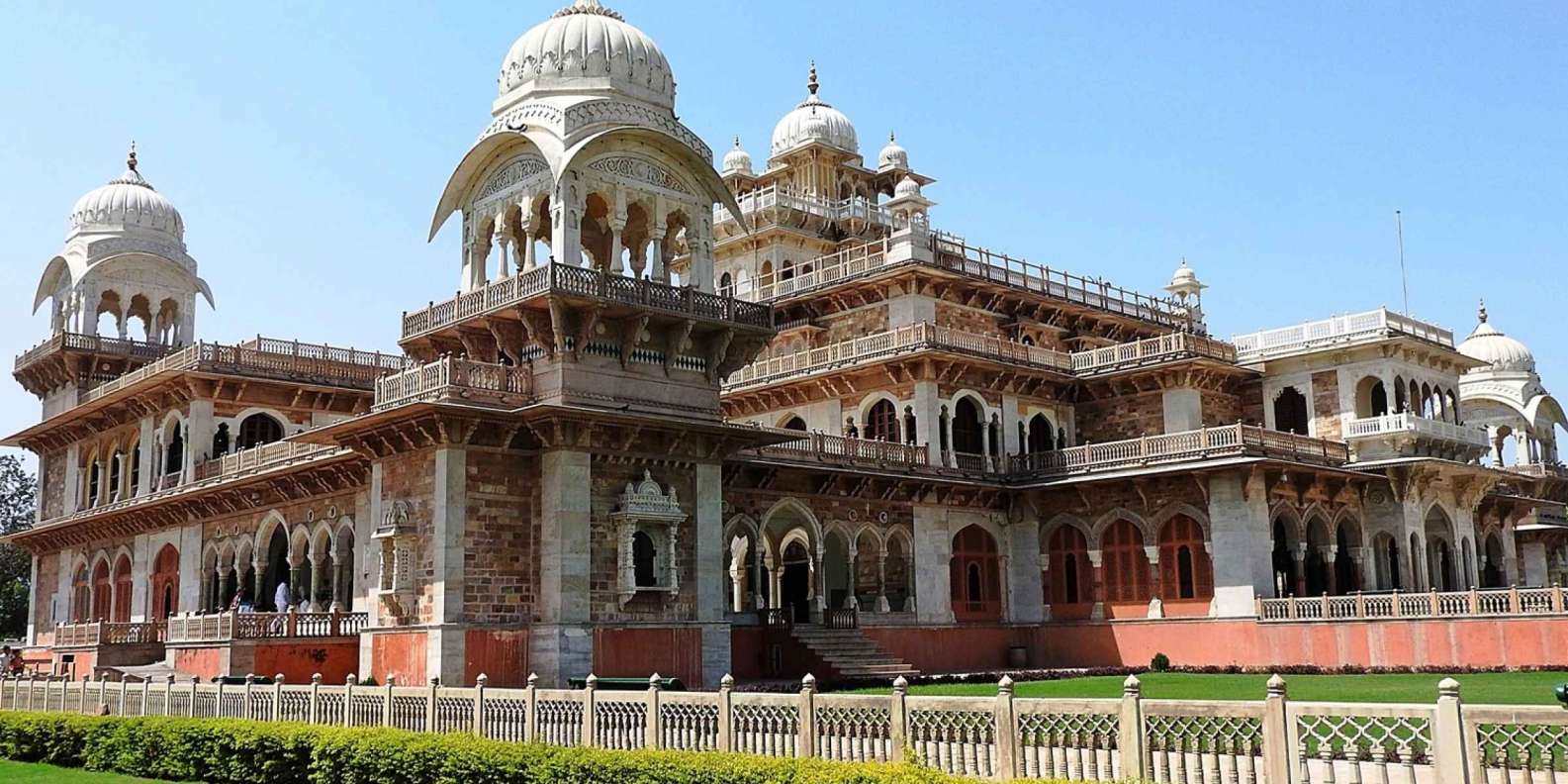
Albert Hall is housed in the centre of Ram Niwas Garden. Sir Swinton Jacob (who is also the mastermind behind many other palaces in Rajasthan) conceptualised and designed it using styles from the Indo-Sarcenic architecture and the Prince of Wales laid the foundation stone of the building in 1876.
2 Day GOVIND DEVJI TEMPLE( 30 minute)
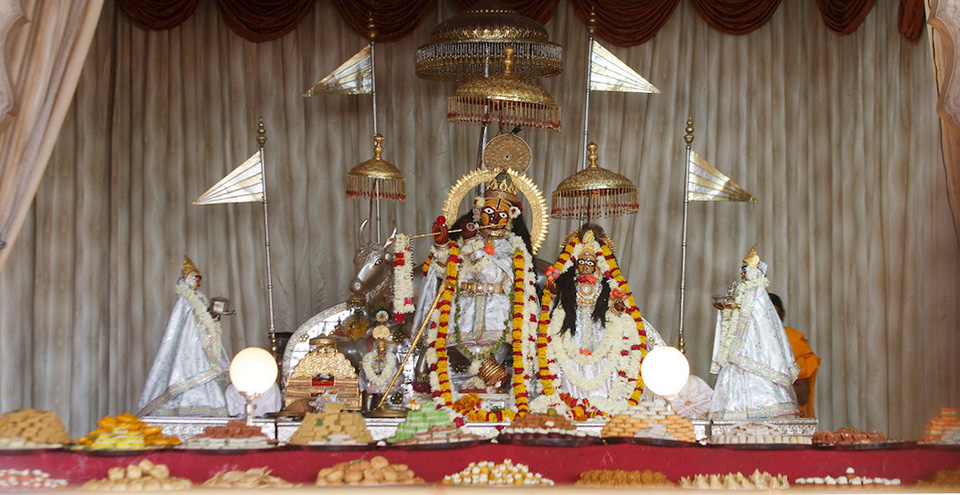
The Krishna temple is a rare spire-less temple and houses the idol of Govind Devji that Sawai Jai Singh brought from Vrindavan.
2 Day Jaigarh fort (2 hour)
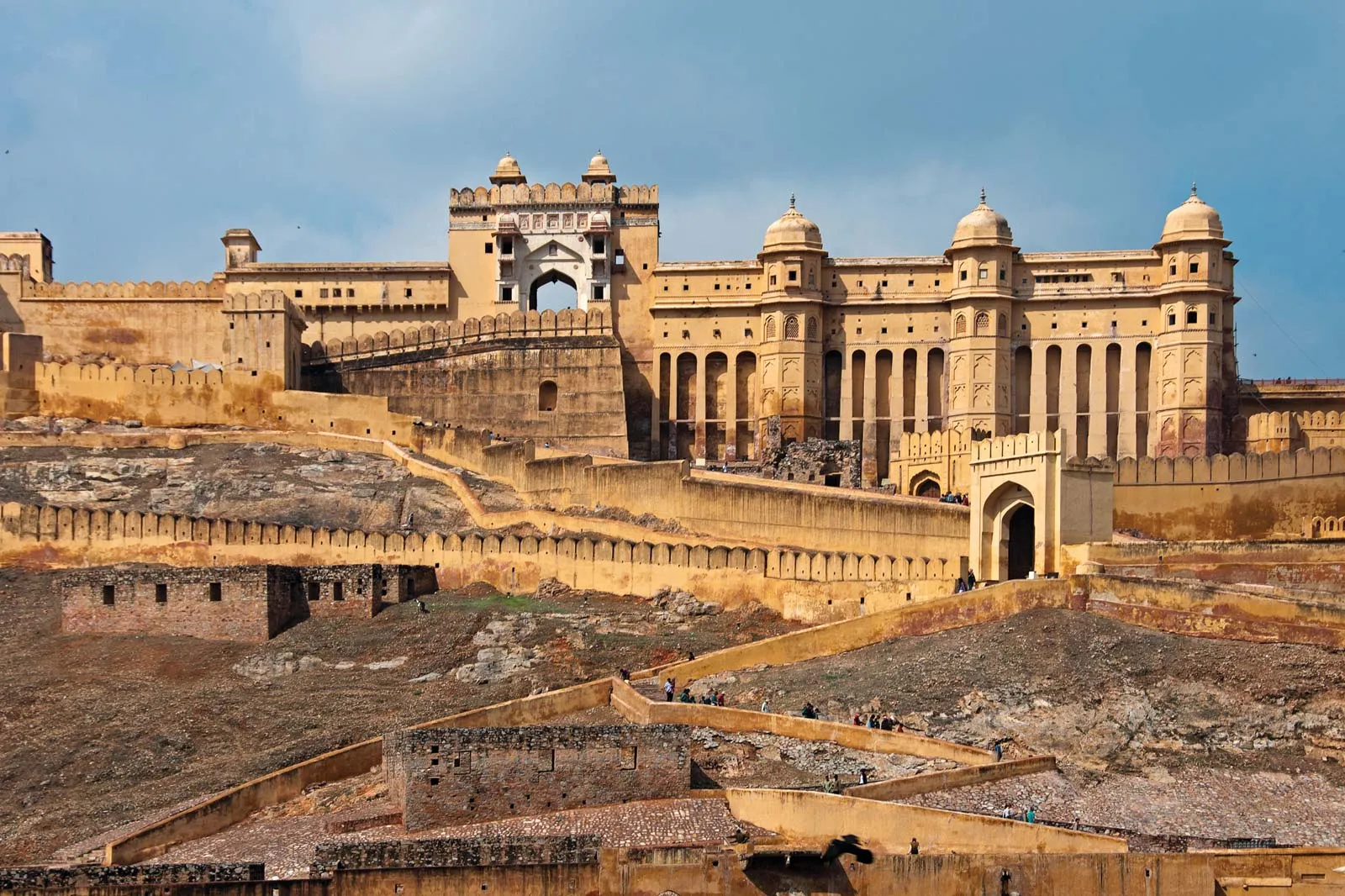
Jaigarh Fort was built by Sawai Jai Singh II sometime in the early 18th century amidst the arid, rocky, and thorn-scrub-covered hills. Despite its ancient construction, it still retains most of its imposing citadel appearance. Visitors can see the world’s largest cannon – Jaiban, at the fort.
2 moti dongari temple( 20 minutes)
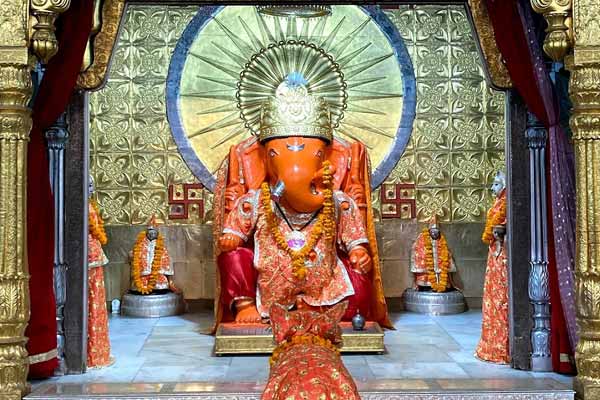
Moti Doongri is a small hill around which the city of Jaipur flourishes. Moti Doongri means pearl hill, because the hill indeed resembles a pearl drop. Visitors go there to pay homage at the famous Ganesh temple, the most auspicious and important religious temple in Jaipur.
2 Day BIRLA TEMPLE( 40 minute)
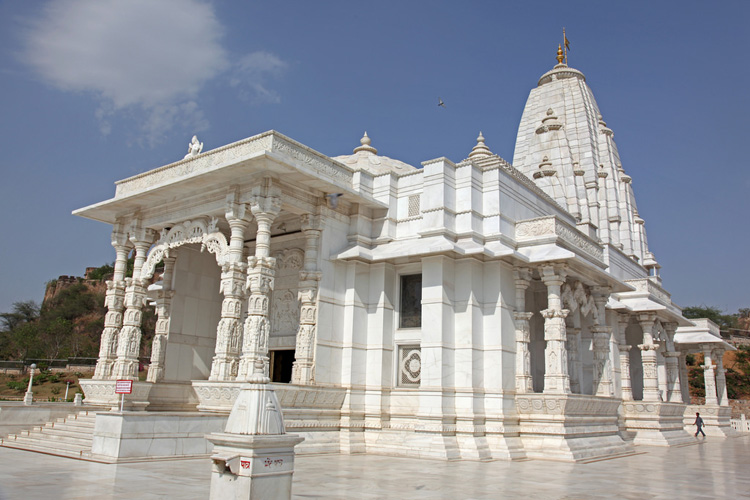
The Lakshmi-Narayan Temple, or the Birla Temple, as it is more popularly known as, is located at the base of Moti Dungari. Built on an elevated platform, this comparatively modern temple is built entirely of white marble and dominates the skyline of south Jaipur. The temple was commissioned and built by renowned Indian industrialists, the Birlas, in 1988.
Included/Excluded
- > English Speaking Guide For Blue City Jodhpur Tour
- > City Sightseeing by air-conditioned car
- >car fuel added
- > Hotel pickup and drop-off
- > Parking Fees
- > English Speaking Driver For City Tour
- >snaks and water bottele
- All taxes
- >Additional Services
- > Tour purchasing
- >Insurance
- >hotels
- > lunch and Dinner
- >Drinks(Alchol)
Durations
Tour's Location
FAQs
We can customize our tour according our budget?
Which type of services added in your tour?
City Sightseeing by air-conditioned car
car fuel added
Hotel pickup and drop-off
Parking Fees
English Speaking Driver For City Tour
Admission Tickets
